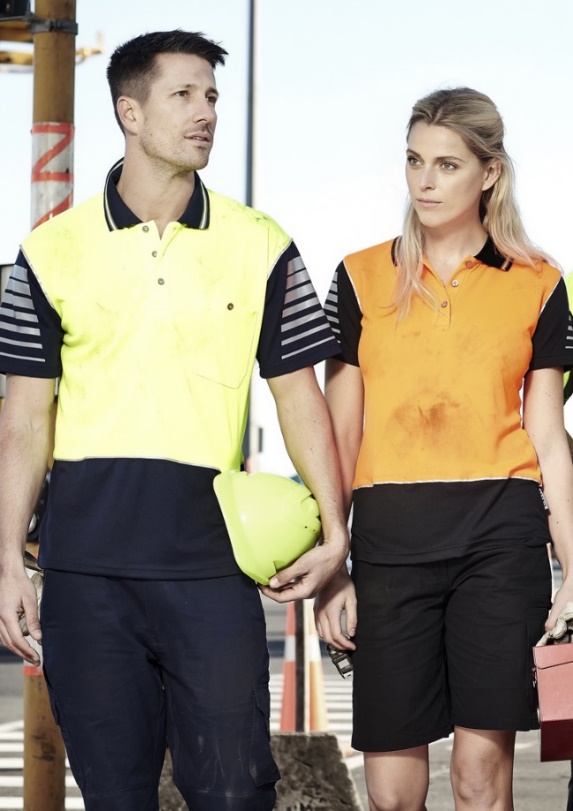You know the excitement of planning time out in nature – how you prepare mentally and physically for the challenge. This time, you plan an outing that’s going to last for days, and where there normally aren’t many people around.
Of course there can be dangers involved, from slipping and falling, to fires in the bush, to other medical or weather-related emergencies. It’s best to be prepared for any kind of eventuality, for example by wearing a hi vis vest so people can find you easily.
Want to be prepared for anything? This article will cover tips on what to pack for a hike—including the essentials and the emergency needs.
Shoes (and Socks)
You naturally need a pair of high-quality walking shoes. Hiking shoes are built differently to running shoes, or trainers, so it’s best to get a pair of good walking boots in the cabinet that have been ergonomically designed for that purpose. If you have narrow or wider feet than most, there are boots specifically made for you, so choose carefully from a specialist store. Don’t skimp on quality with hiking shoes because they determine whether you’ll end up with blisters or not.
Make sure you have the shoes suitable for the terrain you’re going to cover, and that you have worn them in before hiking, or you’ll blister easily. You can get ones that are waterproof if you’ll be walking through a lot of water. Or you can get shoes that are designed for walking in water and swimming if you go canyoning.
And remember, a good pair of hiking boots is not good without the socks to match. The rule of thumb is to first put on a thin pair of socks to minimise friction and prevent blisters. Then wear a thick pair of hiking socks over that pair. Hiking socks will draw the moisture away from the feet—particularly important when you hike in the cold.
Take an extra pair of socks in your bag in case your feet get wet.
High Visibility Clothing
High visibility clothing has become essential—even for day hikers. You may go up a busy pathway and slip out of sight and sound of most passers-by. Or, bad weather may descend on the mountain on which you’re walking. High visibility clothing will make all the difference to your being found and rescued should some unfortunate turn of events require it.
Try the vests for summer, or the polos for winter. In fact, some can double as rain jackets. You’ll be a lot safer with these items of clothing on, giving you peace of mind.
Food and Snacks
Planning ahead will give you an idea of the amount of food you require. It depends on your diet, but, generally speaking, you’ll require some carbohydrates—particularly those which contain glucose for immediate use. If you’re on a high-fat diet, make sure you pack snacks which give an instant energy boost.
Water
Pack a lot of water. For a full day’s hike you’ll need around 3 litres. It may be heavy to carry, but you’ll be sweating a lot, which means that you need to replace those fluids. If your food doesn’t contain any electrolyte replacement, then it’s best to add at least 500ml of a beverage which contains them.
Insect Repellent
In most places in the wild you’re entering the domain of the mosquito and other insects or maybe you opened a window for it. To keep yourself safe, pack insect repellent. Not only can it save you from rather dangerous bites, but can help you ward off pests. Unfortunately, the best repellents are those containing chemicals which are not the most beneficial for our bodies. However, you’ll use it for short stretches of time, so you can weigh up the (relatively small) risk of using it versus the risk of getting bitten.
Sunscreen
Sunscreen is essential—even in winter. You’ll be under the harmful rays of the sun for most of the day. This is even worse when there is cloud cover, because the rays of the sun are not reflected out again—the clouds deflect those same rays back, resulting in possible worse burns than usual.
Rain Gear
Pack something that will protect you when it rains. You want to keep dry and warm for your walk, and raingear for both top and bottom can be light and portable thanks to innovative designs and fabrics.
Warmer Clothing
Include something to put on should the weather suddenly turn cold, or if you’re going up a mountain. Mountains are much colder at the top, and very unpredictable with regards to the weather. A sweater or hoodie is sufficient in most cases.
Hat
A hat keeps out the worst of the sun, and protects your face. It also helps cool the head, which can assist in cooling your entire body. Wear it even in cloud cover, to protect yourself from harmful sun rays.
Medical/First Aid Kit
You’re always going to be grateful for taking plasters and some antiseptic along, as well as some bandages. Who knows, your gear may help save someone’s life.
Mobile/Cell Phone and Emergency Contact Numbers
Never forget your mobile phone (with fully charged battery) and the all-important telephone numbers of emergency services, insurance, and more.
Now go and enjoy the hike of your life!

